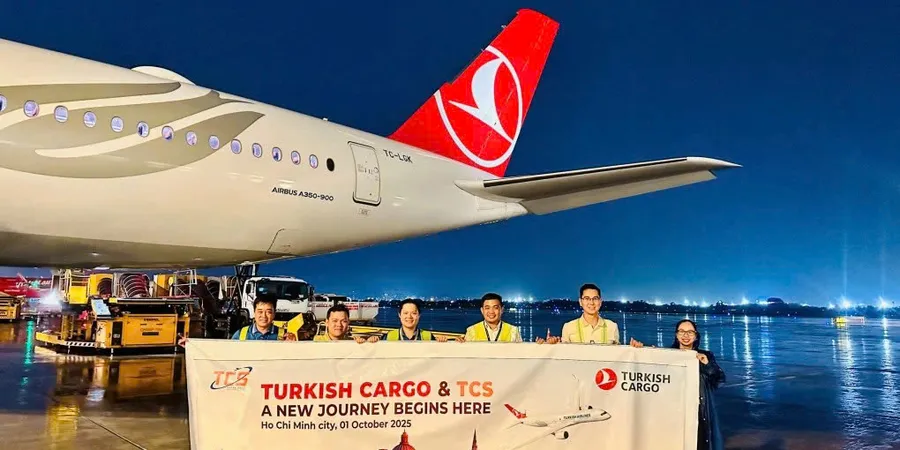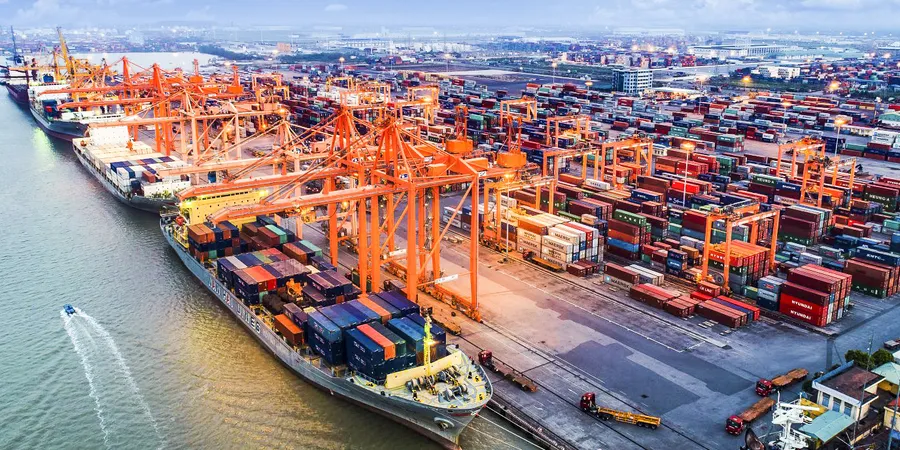Daily fee for import cargo
The ports of Long Beach and Los Angeles will begin assessing a surcharge to ocean carriers for import containers that dwell on marine terminals in an effort to improve cargo movement amid congestion.
Under the new policy, the ports will charge ocean carriers for each container that falls into one of the following two categories.
- In the case of containers scheduled to move by truck, ocean carriers will be charged for every container dwelling nine days or more.
- For containers moving by rail, ocean carriers will be charged if the container has dwelled for three days or more.
Beginning from 1 November, the San Pedro Bay ports will charge ocean carriers with cargo US$100 per container, increasing in US$100 increments per container per day.
“We must expedite the movement of cargo through the ports to work down the number of ships at anchor,” said Port of Los Angeles Executive Director, Gene Seroka.
“Approximately 40% of the containers on our terminals today fall into the two categories. If we can clear this idling cargo, we’ll have much more space on our terminals to accept empties, handle exports, and improve fluidity for the wide range of cargo owners who utilize our ports,” he explained.
Port of Long Beach Executive Director, Mario Cordero noted that this decision will make room for the containers sitting on those ships at anchor, while the terminals are running out of space.
“I support the actions taken by the ports of Los Angeles and Long Beach today to charge ocean carriers for lingering containers on marine terminals. These actions aim to expedite the movement of goods and reduce congestion in our ports,” said John D. Porcari, Port Envoy to the Biden-Harris Supply Chain Disruptions Task Force.
“The federal government will continue to bring together private companies and stakeholders from across the supply chain and serve as an honest broker helping to surface solutions like this to address supply chain disruptions,” he added.
Before the pandemic-induced import surge began in mid-2020, on average, containers for local delivery sat on container terminals under four days, while containers destined for trains dwelled less than two days. Those numbers have increased significantly, making it difficult to clear cargo off the terminals and bring in ships at anchor.
According to a statement, fees collected from dwelling cargo will be re-invested by the two ports for programs designed to enhance efficiency, accelerate cargo velocity, and address congestion impacts throughout the San Pedro Bay.
The policy was developed in coordination with the Biden-Harris Supply Chain Disruptions Task Force, U.S. Department of Transportation and multiple supply chain stakeholders.
Source: Container News





